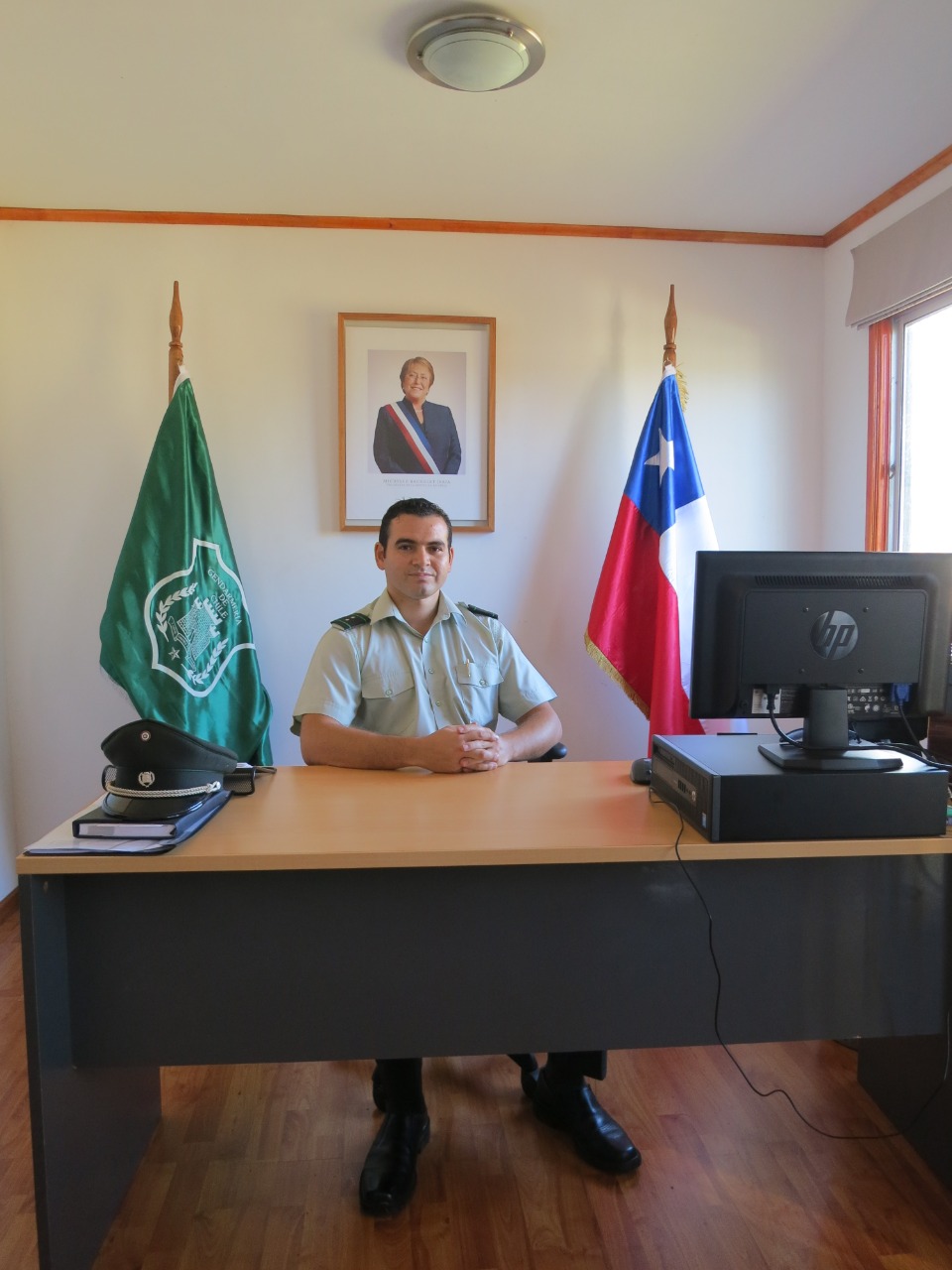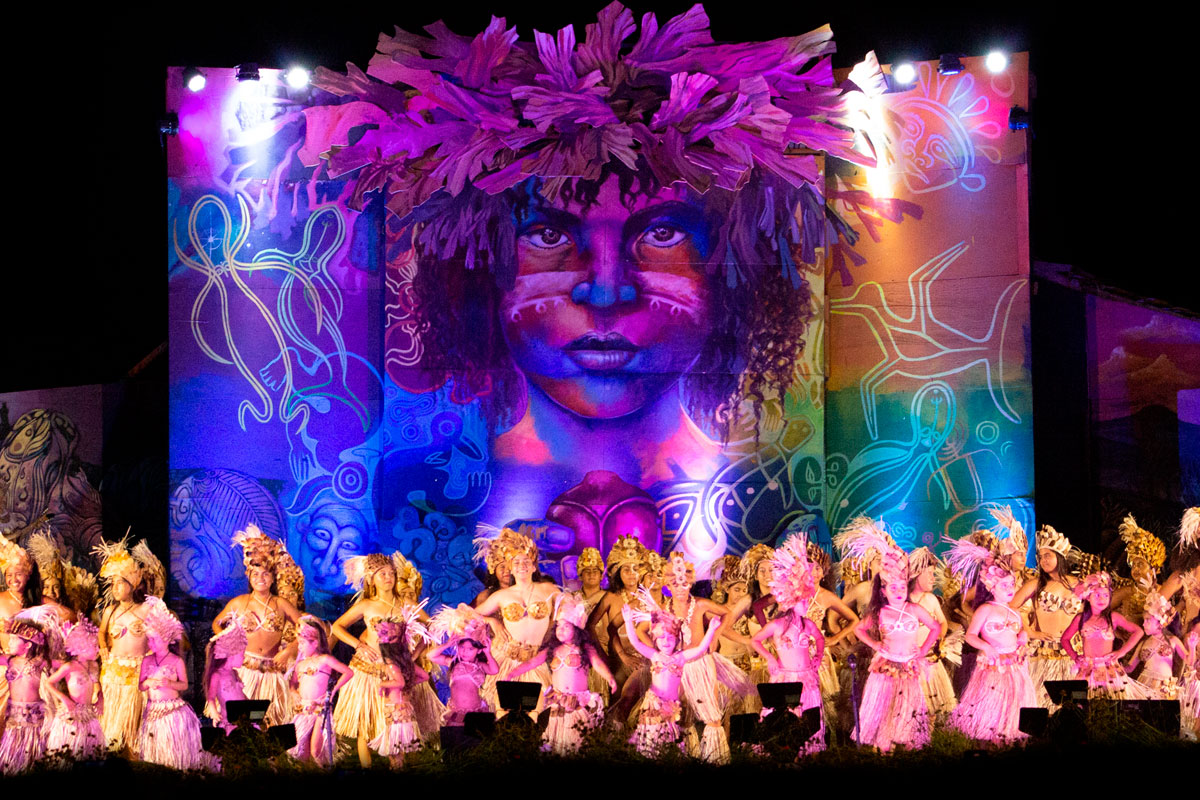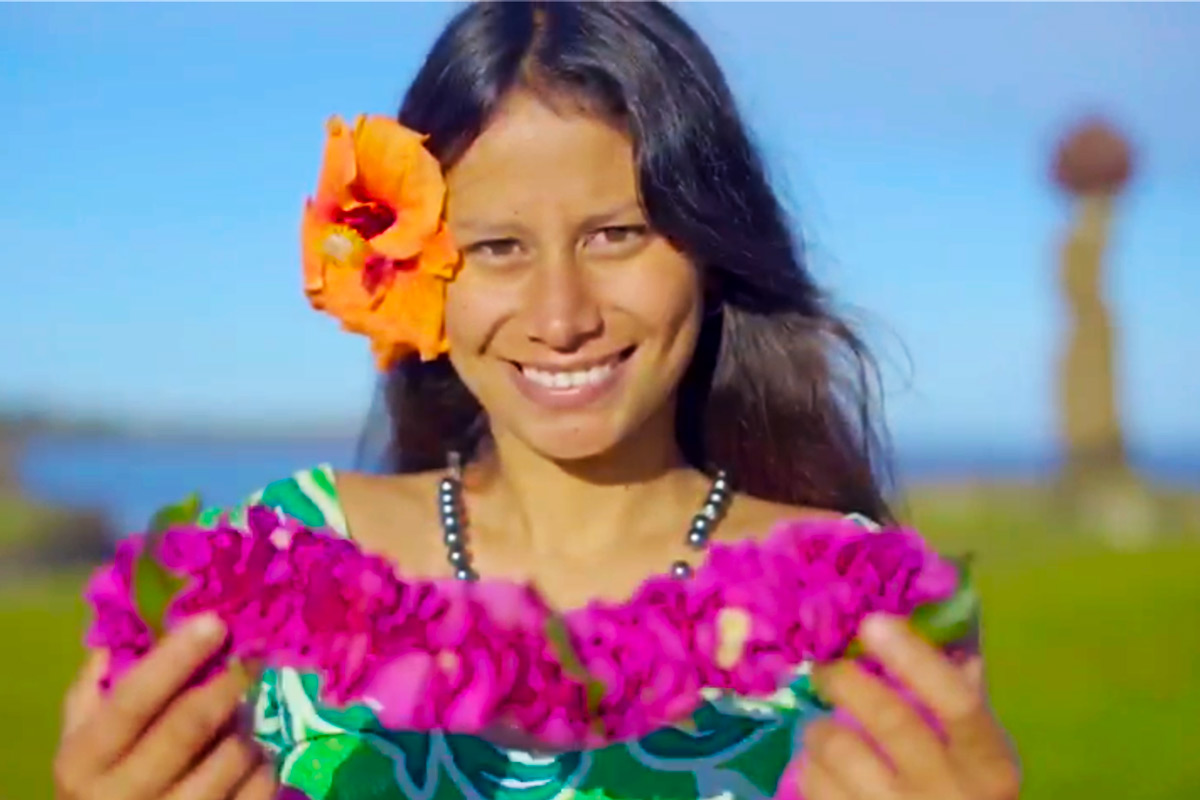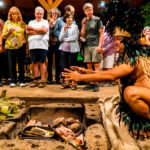Freedom
within a Model Jail
The prison complex is set up to be self-sufficient. In spite of its small size, it is adaptable for all types of prisoners. It has 15 uniformed civil servants and another 5 professionals (social workers, a psychologist and administrative personnel). Nonetheless, between the realities of the Chilean continent and that of Easter Island, there is a small, but major difference. The Easte Island Law 16.441, in its articles 13 and 14, allow lowering the minimum sentence directed by Chilean law for sexual crimes and some basic for the people who are born on live on the Island. For example, if a person is found guilty in any part of Chile, the minimum sentence is five years and a day, whereas in Easter Island, this minimum is immediately lowered to three years and a day. In the Chilean system of justice, anyone found guilty of a crime with a minimum sentence of three years and a day can accede immediately to alternative punishments, such as a conditional remission, nighttime seclusion or controlled freedom.



The rooms are lined up along a hall. One of the small rooms is filled with wood working that covers all the walls. This is the room of José Manuel Tuki, considered “the King” of the prison population. Almost 3 years ago he received a sentence for homicide (he hit a man with a bottle, which resulted fatal) and previously he had been in court for lesser crimes, such as inter-familial violence and non-payment of child support for his 4 children. However, he also worked here when he was a free man, teaching crafts to the prisoners. He was the one who started the crafts workshop 11 years ago under an agreement with the municipality. He’s not unhappy here. Recognized as a fine artist, his work is numerous but of high quality and has allowed him to earn a fair amount of money. “People who I trained are now working outside as craftsmen…” states Tuki. For the future, with great vision, he has plans to install a crafts museum.
Another resident in the prison is the young Cristián Ramírez-Mariqueo, an ethnic Mapuche who has been living for 5 years on Easter Island. He is serious with a somber look about him. He was sentenced to 3 years and a day for rape and has recently completed one of those years. He’s well adapted to the prison and works in the crafts shop, but yearns to recover his freedom and move to Santiago.
Under an organized and efficient system in a verdant landscape with views to the sea, the Rapanui prisoners are paying their debt to justice and the society. They have spiritual counseling and many local personalities come by to offer talks and conversation. For many, the jail is considered as a college where each prisoner can learn, work and sell his crafts, coming out better prepared for life than when he went in.
Related reports:
Interview with Kazuhisa Shibuya
Ambassador of Japan in Chile “My primary goal is to demonstrate that the Japanese people are with you.”Mayor Pedro Edmunds Paoa and Japanese Ambassador Kazuhisa Shibuya inaugurated the Comprehensive Care Center in Rapa Nui. The center, funded by the Japanese...
The details of the next Tāpati after the Covid 19
Te tātou 'ōro'a he Tāpati Rapa Nui 2023Mai te toru ki te ho'e 'ahuru mā ho'e mahana o Hetu'u PūThe details of the next Tāpati 2023 after the Covid 19By Camila Sandoval Photos by I. Municipalidad de Isla de PascuaThis celebration, which values the cultural heritage of...
Rapa Nui – The Mystery Lives
Rapa Nui, the land of mystery and living history, where you can experience the natural and cultural wealth in one of the most beautiful and intriguing places on our planet.













